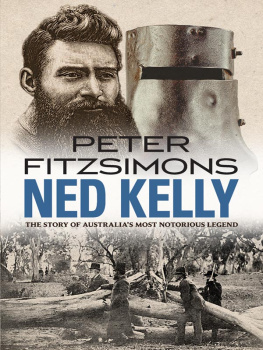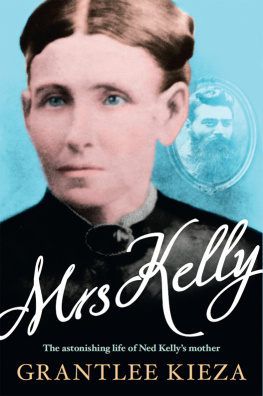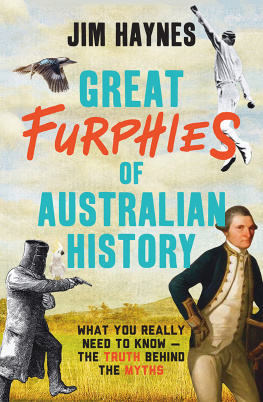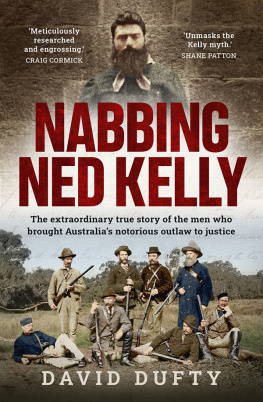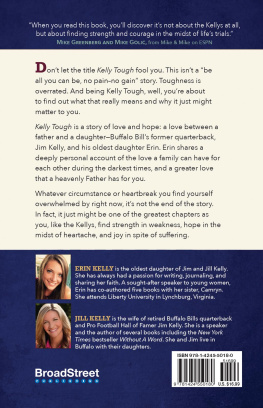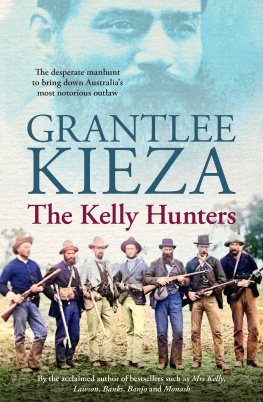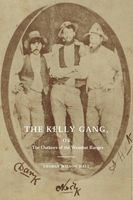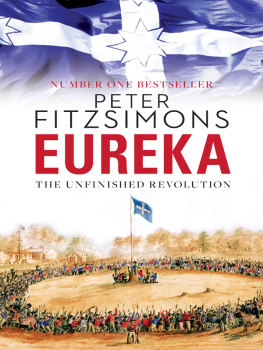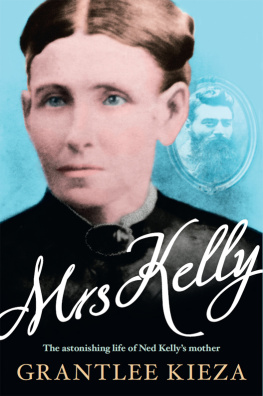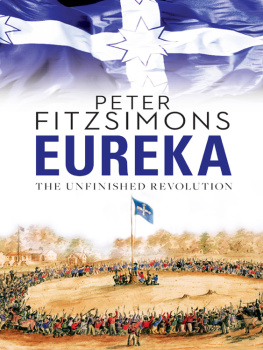
About the Book
Love him or loathe him, Ned Kelly has been at the heart of Australian culture and identity since he and his Gang were tracked down in bushland by the Victorian police and came out fighting, dressed in bulletproof iron armour made from farmers ploughs.
Historians still disagree over virtually every aspect of the eldest Kelly boys brushes with the law. Did he or did he not shoot Constable Fitzpatrick at their family home? Was he a lawless thug or a noble Robin Hood, a remorseless killer or a crusader against oppression and discrimination? Was he even a political revolutionary, an Australian republican channelling the spirit of Eureka? Peter FitzSimons, bestselling chronicler of many of the great defining moments and people of this nations history, is the perfect person to tell this most iconic of all Australian stories. From Kellys early days in Beveridge, Victoria, in the mid-1800s, to the Felons Apprehension Act, which made it possible for anyone to shoot the Kelly Gang, to Neds appearance in his now-famous armour, prompting the shocked and bewildered police to exclaim He is the devil! and He is the bunyip!, FitzSimons brings the history of Ned Kelly and his Gang exuberantly to life, weighing in on all of the myths, legends and controversies generated by this compelling and divisive IrishAustralian rebel.
CONTENTS

To Ian Jones, the doyen of all Kelly writers, who has studied the life and times of Ned Kelly for seventy of his eighty-two years. He, more than anyone, has kept the Kelly story alive in modern Australia and was unfailingly generous to me in the course of writing this book. I salute his passion. I deeply respect his scholarship.
I do not pretend that I have led a blameless life, or that one fault justifies another, but the public in judging a case like mine should remember that the darkest life may have a bright side, and that after the worst has been said against a man, he may, if he is heard, tell a story in his own rough way that will perhaps lead them to intimate the harshness of their thoughts against him, and find as many excuses for him as he would plead for himself.
Ned Kelly, 1880
Yet who were the prophets of his day? They were sharp business men who employed missionaries, soldiers and trade representatives to subjugate the world to their will. The bravest of them would watch the Union Jack flutter to the breeze in some foreign land with tears in their eyes, or march with fire and sword through Africa without a tremor, for they believed in the machine and their mission to turn unhappy mankind into a herd of milch cows But Ned Kelly was not of them and had no sympathy for them for he knew only too well what they had done to his own family, and blood and bone he was of the Australia that had shown its true colours at Eureka and was carrying on as best it knew the age-old struggle waged against the princes of Europe.
Max Brown, Australian Son
BACKGROUND AND ACKNOWLEDGEMENTS

The legend of Ned Kelly is the most enduring Australian one of all. There has always been something about him, what he did and how he did it that fascinated the people not only of his generation but of all generations since.
Why? What exactly is it?
In England, of course, they have long mythologised King Arthur and his knights in shining armour, while exalting those who would turn swords into ploughshares. Here in Australia, we somehow have a natural bent towards Ned Kelly and men in suits of rough iron, made out of those very ploughshares.
As to why another book on Ned, however, and why now beyond the fact that, as I was writing it, the process of finally laying the bushranger to true rest in Greta Cemetery was in full swing it has had a long genesis. My wife, Lisa Wilkinson, had been telling me for years that Ned was the perfect subject for me big, boofy bloke with a beard and strange headwear writes about another big, boofy bloke with a beard and strange headwear but it was only nearing the end of my book, Eureka: The Unfinished Revolution , that I really looked at it hard. My principal researcher for that book, Henry Barrkman, was the one who pointed out that Ned had been born within a short time and within miles of the climax of that whole saga, and that in many ways his life had been shaped by exactly the same forces that had driven the rebellion. He was insistent that there could be no better subject for me.
The more I looked at it, the more I realised that Lisa and Henry were right. It was a perfect subject as, whatever else, it really was a huge and quintessentially Australian story, and that is the subject matter that has always thrilled me the most.
A bare beginning in early research and I was hooked, not simply because Ned himself remained as fascinating a figure to me as a fifty-one-year-old professional writer as he was to me when I was four years old, heading off to the Mangrove Mountain Community Fair fancy-dress party dressed as the man himself.
What I have most enjoyed doing in recent years is not to simply tell a historical tale but to so mine that tale for details that I can have a good go at recreating the whole story, telling it in such a manner that ideally the readers head is not with me as I spin the yarn but actually with Ned, as he has his first fight, does his first hold-up, sees the inside of a gaol cell for the first time and, yes, first spies the Glenrowan Inn in the cold moonlight.
In this sense, I have become a devotee of the approach of the great nineteenth-century German historian Leopold von Ranke, whose view was that the best way to understand the past is to tell it wie es eigentlich gewesen ist how it essentially was understood on its own terms and relying heavily on primary documents, with the account unburdened by the historian giving his own analysis on the material presented. Apart from some conclusions I might draw in the epilogue, in the main account I dont wish to state my views of what happened, just reconstruct the best I can what actually did happen. How it essentially was
In the case of von Ranke, as many oft-critical historians have pointed out, it was a notably difficult exercise, for in his time history was much more the study of the Big Picture than a specific episode as exemplified by his most famous work, Civil Wars and Monarchy in France in the Sixteenth and Seventeenth Centuries . When writing history on that grand a scale, discovering how it essentially was is extremely difficult, as there are too many complexities of cause and effect to accurately thread together and certainly too many holes in the documentary evidence. It is much more manageable, however, on the personal scale.
And here was the true joy, for me, of writing about Ned Kelly, in a way that it hasnt been done before. For, as it turns out, Ned really was so compelling to the people of the time that the historical records of what he and other people involved did and said are staggering in their width, depth and diversity all of it rich in the wonderful detail I most crave to make a story live and breathe.
Including from Ned himself! (I defy anyone to read the Jerilderie Letter and not feel as if Ned is speaking from the grave.) Obviously, to retrieve the treasure from those millions of words of primary documents court and Royal Commission transcripts (with just under a million words between those two sources alone), newspaper articles, letters, diaries, police reports, depositions and all the rest would be a massive logistical exercise, but that was okay too. I had three of the best researchers in the business, and modern digital data retrieval means that sorting through that mass of words for the nuggets that lie therein is more possible than ever before.

